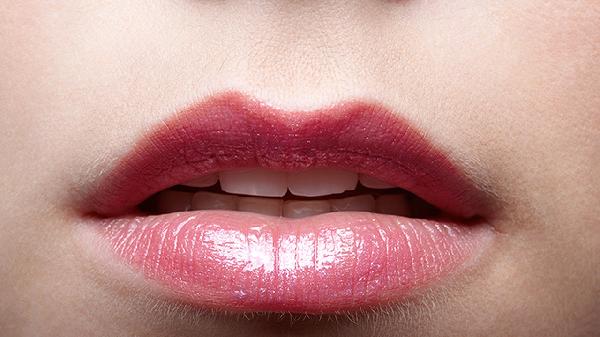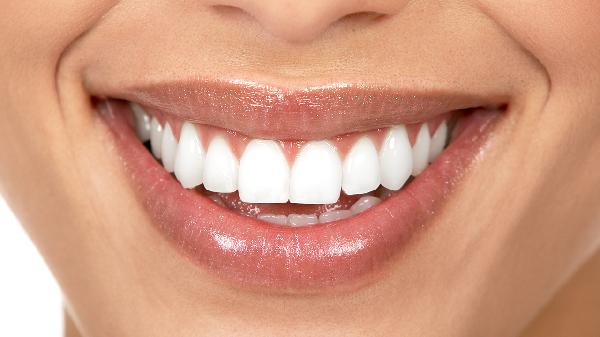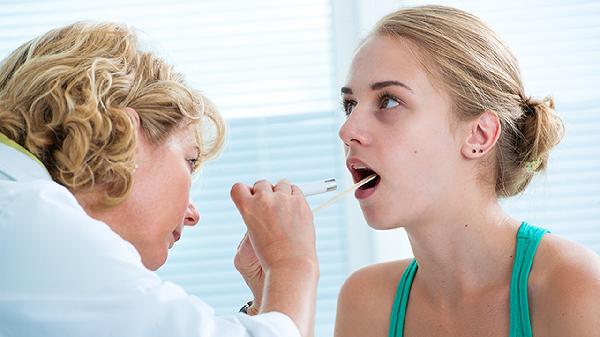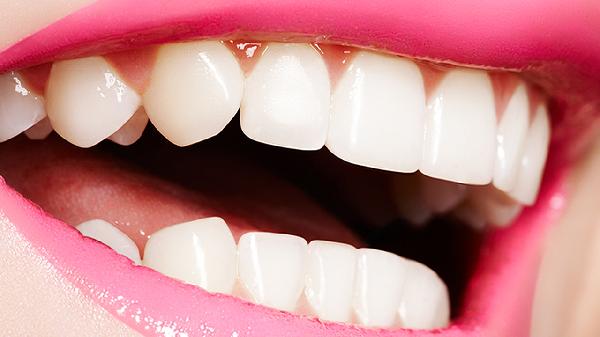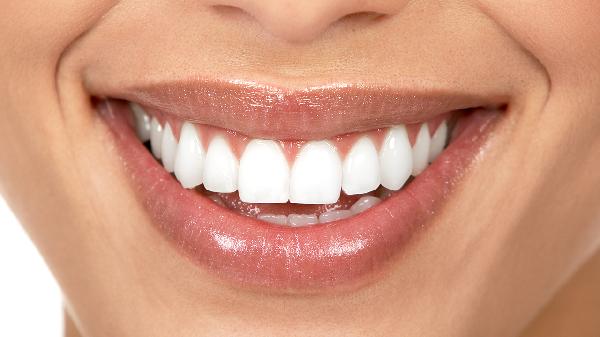"Can whitening toothpaste really make teeth whiter?" This is a question that many people have probably wondered about. After all, who wouldn't want a set of bright, white teeth? But reality is often more complicated than advertising slogans. Today, let's talk about whitening toothpaste and see if it can really make your teeth "shine white."
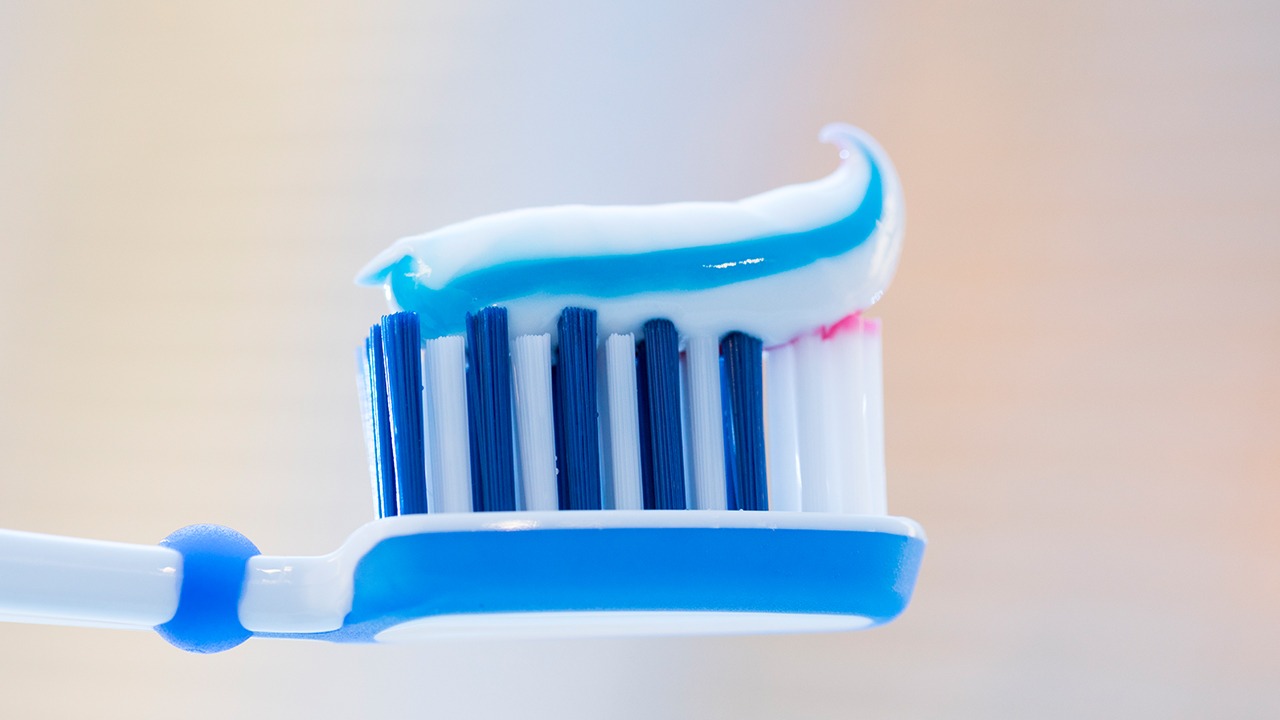
1. The Principle of Whitening Toothpaste
The core ingredients of whitening toothpaste typically include abrasives, chemical bleaching agents, and brighteners. Abrasives work by physically scrubbing away surface stains, such as those left by coffee, tea, or red wine. Chemical bleaching agents break down pigment molecules on the tooth surface through oxidation, achieving a whitening effect. Brighteners use optical principles to make teeth appear whiter. It sounds high-tech, but is the effect really that miraculous?
2. The Effectiveness of Whitening Toothpaste
Whitening toothpaste can indeed remove some surface stains, especially those caused by food and drinks. However, for deeper stains, such as internal tooth discoloration, whitening toothpaste has very limited effects. In other words, if your teeth are naturally yellowish, whitening toothpaste might only make them "slightly brighter," not "shine white."
3. The Limitations of Whitening Toothpaste
The effectiveness of whitening toothpaste varies from person to person, depending on the initial condition of the teeth and the cause of discoloration. If your teeth are discolored due to long-term smoking, medication, or genetic factors, whitening toothpaste may have minimal effect. Additionally, overuse of whitening toothpaste can damage tooth enamel, leading to tooth sensitivity or even gum problems. Therefore, it’s important to use whitening toothpaste in moderation and not expect it to be a "miracle cure."
4. How to Use Whitening Toothpaste Correctly
If you want to try whitening toothpaste, choose a reputable brand and follow the instructions. Don’t over-rely on it, and avoid frequently switching between different brands to prevent unnecessary irritation to your teeth. At the same time, maintain good oral hygiene habits, such as brushing twice a day, using dental floss, and getting regular professional cleanings, to better protect your dental health.
5. Other Teeth Whitening Methods
If you’re not satisfied with the results of whitening toothpaste, you can consider other teeth whitening methods. For example, professional whitening techniques like cold light whitening or laser whitening offered by dental clinics are more effective but also more expensive. Additionally, at-home whitening strips or gels can be used as supplementary methods, but it’s best to consult a dentist before using them.
Whitening toothpaste can indeed improve the appearance of teeth to some extent, but it’s not a "cure-all." For deep stains or severe tooth discoloration, whitening toothpaste has limited effects. To achieve a set of healthy, bright white teeth, it’s more important to maintain good oral hygiene habits and get regular professional dental check-ups. After all, dental health is the true "face of beauty"!
